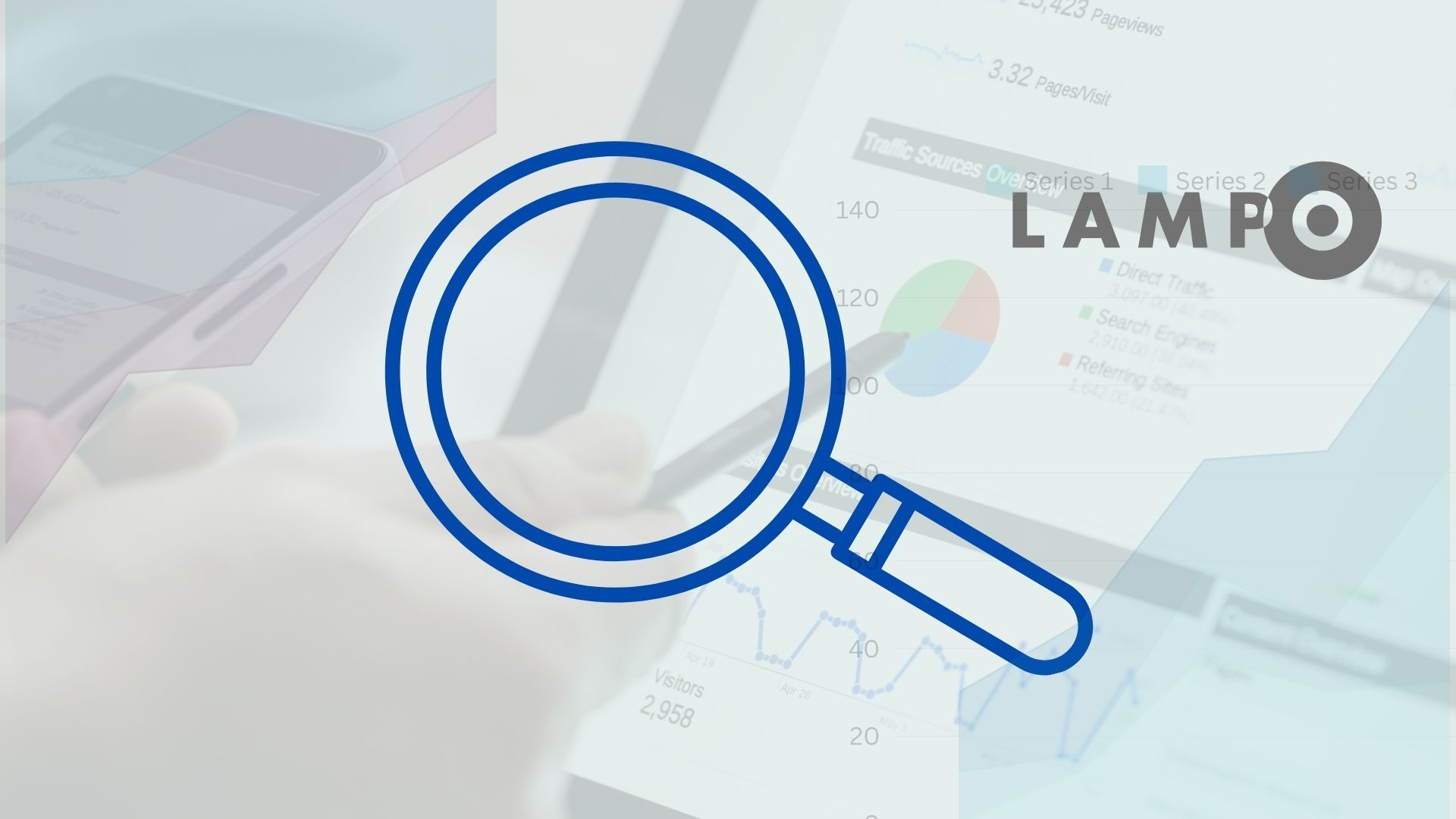Heading Tags and Their Impact on SEO
HTML tags such as H1, H2, and H3 are header tags that style text on a webpage. They are important in making content more readable and accessible to both users and to search engines. These tags provide structure and also break up blocks of text with subheadings, which helps to give organization and hierarchy to the content. It should also be mentioned that for those who are visually impaired, screen readers can be used to navigate web pages and heading tags are what allow them to efficiently do this.
Incorporating header tags into web content also improves user experience by breaking down information into digestible sections. For example, consider a blog post about travel destinations. The H1 tag would be the title of the article: it sums up what this article is going to be about. In general, there should only be one H1 tag per page. By using H2 tags for the names of different countries and H3 tags for specific cities or attractions within those countries, we can further add organization to our article so readers can quickly scan the article and navigate to the sections that interest them the most. This not only improves the readability of the content but also helps to engage and retain visitors on the page.
Also, search engines like Google use header tags to understand what a page is about so they can serve relevant results to searchers. When users perform searches related to specific topics, well-structured header tags can help search engines identify the most relevant content, ultimately leading to better visibility and ranking in search results.
Google often uses H2 and H3 tags as featured snippets in search results.
Ahrefs found that 99.58% of featured snippets come from pages with H2 tags.
Best Practices for Optimizing Header Tags
When it comes to optimizing header tags, it is important to know how significant it is to include relevant keywords that will enhance visibility of featured snippets as well as overall SEO performance. For instance, if a website focuses on providing information about “best digital marketing strategies,” it’s considered a best practice to include this key phrase in the H1 and other relevant header tags so that search engines can easily identify what the main topic of your content is thus increasing its chances of appearing as a featured snippet in search results. However, never overstuff your heading tags with keywords. This is likely to be seen as “spammy” by Google and you will be penalized. And by penalized, I don’t mean you will be fined or anything so bold as that, just that you will dropped to a worse ranking in the search results.
Maintaining consistency in using header tags throughout your content is one way of ensuring seamless user experience. For example, using H2 tags for subheadings and H3 tags for further categorization within the content can aid in organizing information effectively, making it easier for users to navigate the page and comprehend the material. Consistency in header tags not only contributes to better user experience but also aligns with on-page SEO best practices, as it provides a clear structure for search engine crawlers to index and understand the content.
It’s also good to keep in mind that most readers of your content (no matter how good it is😉) will be skimming it. Therefore, making header tags interesting and engaging is paramount for encouraging visitors to skim and then delve deeper into the content that further interests them. For instance, crafting attention-grabbing H2 tags that succinctly outline the key points within a section can captivate the reader’s interest and motivate them to continue reading. Engaging header tags not only contribute to a better user experience but also play a role in reducing bounce rates and improving the overall performance of the webpage in terms of SEO and user engagement.
A study by Nielsen Norman Group found that 79% of web
users scan content rather than reading it thoroughly.
Utilizing H1, H2, and H3 Tags to Categorize Content
When it comes to content structure and SEO, proper utilization of H1, H2, and H3 tags is essential. The H1 tag acts as the title of a post; hence it should be keyword-centric, attention-grabbing and informative. For example, if the main topic of the content is “Best SEO Practices for Small Businesses,” then relevant keywords like “SEO practices” and “small businesses” should be included in its H1 tag so as to optimize its visibility and searchability.
Moving on, H2 tags serve as subheaders that classify the main points of paragraphs, making it easier for readers to navigate through the content and find specific sections quickly. For example, in a blog post about "Top 10 On-Page SEO Strategies," the H2 tags can be used to categorize different strategies such as "Content Optimization," "Keyword Research," and "Internal Linking," thereby providing a clear and organized structure to the content.
Furthermore, H3 tags come into play to further clarify points made in the H2 sections. They can also be employed in formatting lists or bullet points, enhancing the overall readability and accessibility of the content. For instance, within the "Content Optimization" section of the blog post, H3 tags can be used to outline subtopics like "Meta Description Optimization," "Header Tags Usage," and "Image Alt Text," thus breaking down complex information into digestible chunks for the readers.
In summary, the strategic use of H1, H2, and H3 tags not only contributes to the structural organization of content but also assists in boosting SEO by highlighting important ideas and keywords, ultimately enhancing the overall user experience.
Structuring Content with Heading Tags
When it comes to structuring content, utilizing heading tags is an essential practice for enhancing the accessibility and search engine optimization (SEO) of web content. These HTML tags not only provide styling for text on a webpage but also play a significant role in making content more readable and accessible for users and search engines. For example, consider a blog post about "Best Practices for Social Media Marketing." By incorporating H1, H2, and H3 tags, the content can be organized into sections such as title (H1) and introduction, "Benefits of Social Media Marketing" (H2), and "Tips for Effective Social Media Strategies" (H3). This clear structure not only aids readers in navigating the content but also helps search engines understand the context and relevance of the information.
Moreover, heading tags serve as signposts for each section, providing descriptive labels that aid in text comprehension and navigation. For instance, when a user lands on a webpage, they can quickly identify and jump to the section that addresses their specific query based on the heading tags. This not only enhances the user experience but also contributes to the overall readability and accessibility of the content, which are crucial factors for SEO. In addition, properly structured content with clear headings can keep users on your page longer, reducing bounce rates. High bounce rates can negatively impact SEO. If you are a Wordpress user, tools such as Yoast SEO offer valuable assistance in structuring headings and ensuring the incorporation of keyphrases, ultimately optimizing the content for better visibility and comprehension by both users and search engines.
Incorporating heading tags effectively not only provides a clear and organized structure for the content but also contributes to improved accessibility, user experience, and search engine visibility. By understanding the significance of heading tags and utilizing them strategically, content creators can enhance the overall impact and reach of their web content.
Hierarchy and SEO Impact of Header Tags
The hierarchy of heading tags holds significance for on-page SEO, particularly in relation to keyword relevance and content organization. By effectively differentiating headings and sub-headings, header tags contribute to the readability and contextual relevance of the content. It is important to adhere to best practices and avoid improper usage of header tags to maintain a positive impact on SEO and user experience.
Want an easy way to check your (and your competitor's) heading tags? Try this chrome extension from Detailed.
Improved visibility, accessibility and engagement can be achieved in web content by following these guidelines and using header tags effectively. This will ultimately contribute to a better user experience and improved SEO performance.
Want to boost your website's visibility and user experience? Let's work together and make your content shine!





